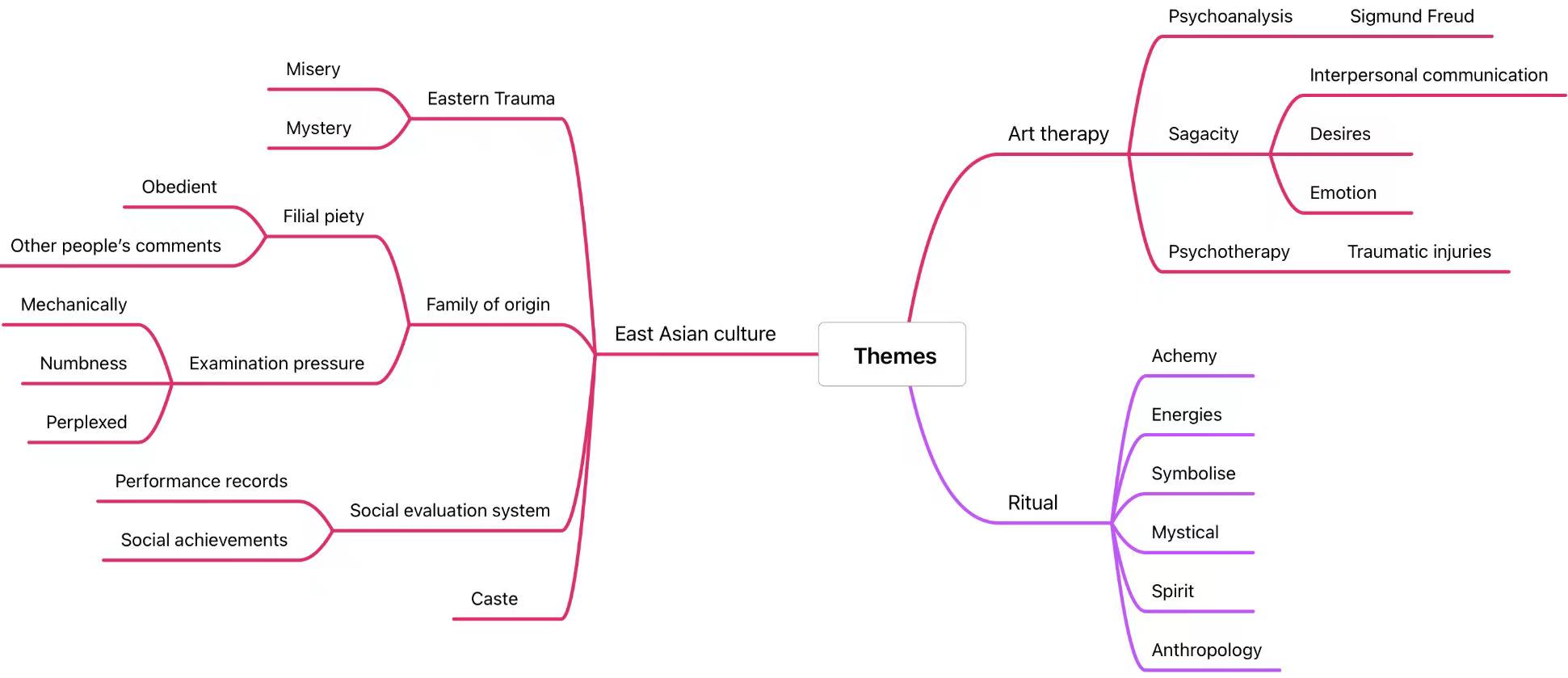In Week 2, Terry Smith’s concept of the Visual Arts Exhibitionary Complex (VAEC) provided crucial theoretical insights for my understanding of curating as inherently structural. Smith highlights that curatorial decisions are not neutral but deeply embedded within historical, institutional, and ideological frameworks such as museums, biennials, artist-run spaces, and digital platforms.
For instance, the Taipei Biennial 2023 exemplifies VAEC theory by using art as a medium to address global environmental issues intertwined with local ecological and cultural contexts. It features international, regional, and local artists across various career stages and multidisciplinary practices, emphasising ecological crises, sustainability, and global-local interconnections. Through collaborative curatorial methods involving scientists, communities, and environmental organisations, the Biennial fosters public engagement via interactive lectures, educational programs, and participatory installations.

Nadim Abbas (唐納天), Pilgrim in the Microworld (漫遊微觀宇宙), mixed media installation (construction sand, galvanized steel, pigment dyed water), dimensions variable, 2023.
This perspective helped me reconsider “self-exploration” as more than an individual act—broader spatial, institutional, and ideological forces also shape it.
Selecting a Focused Sub-theme
During the group discussion on the afternoon of January 29th, I recognised that my initial topic, “Self-exploration”, was overly broad. Using a “Word Association Network (https://wordassociations.net/en/words-associated-with/safe?button=Search),” I mapped out potential themes and settled on the specific context of East Asian girls’ experiences. My inspiration derived from two books: Tokyo Poverty Girls (Atsuhiko, 2019) and Women in Poverty (NHK Special Programme). These texts illustrate how societal expectations and gender roles in East Asian cultures systematically contribute to anxiety, discipline, and internalised trauma, going beyond personal stories to reveal structural inequalities.

Curatorial Implications of Smith’s VAEC
Smith refers to art exhibitions as “banks of aesthetic value,” influencing which experiences are validated and which are excluded. Realizing this, I understood curating as not merely selecting artists or themes but choosing how certain viewing mechanisms and social structures are reproduced and communicated.
Clarifying the Objective and Methodology
Having personally experienced these structural pressures, I can bring a nuanced perspective to this subject. However, my goal extends beyond sharing personal narratives; I aim to uncover systemic inequalities underlying “female poverty” and societal expectations. My curatorial approach will prompt the audience to see beyond isolated cases and reflect collectively on how structural change can address these issues effectively. Participatory curatorial methods and comparative narrative structures will be used to involve audiences actively, ensuring that the exhibition fosters collective understanding and action.
Reference:
Atsuhiko, N. (2019). Tokyo Poverty Women | 東洋経済STORE. 東洋経済STORE. https://str.toyokeizai.net/en/books/9784492261132/
Prepared by NHK Special Programme Recording Team, Japan. Women in Poverty. https://book.douban.com/subject/27111185/
(I’m very sorry, but since I read both books in print and couldn’t find English versions, the two book links provided above are the official sources I did my best to find.)


Leave a Reply